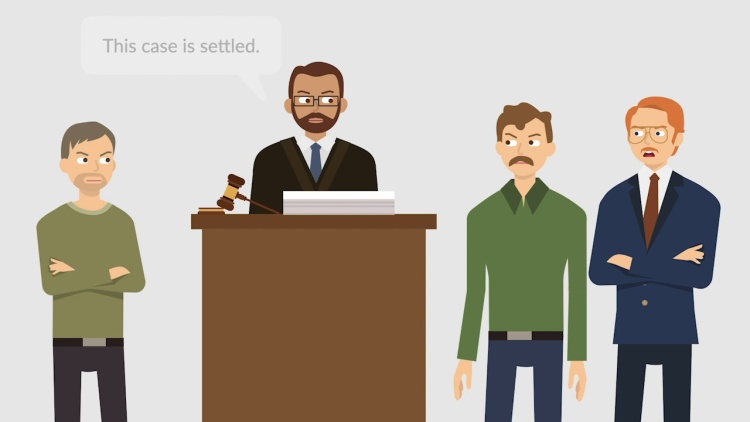Dindo v. Whitney
United States Court of Appeals for the First Circuit
451 F.2d 1 (1971)
- Written by Joseph Bowman, JD
Facts
Dindo (plaintiff) was injured in a car accident that occurred while he was driving a vehicle owned by Whitney (defendant). Allegedly, the vehicle left the road after Whitney attempted to reach a flashlight by placing his hand through the steering wheel as Dindo drove. The accident occurred in 1965, and Dindo brought a timely action against Whitney to recover damages for his injuries in 1968. However, prior to this action, Whitney sued Dindo in 1966 to recover for his own injuries sustained in the same accident. The same insurance policy covered both Dindo, as the driver, and Whitney, as the vehicle owner. Thus, the insurer defended Dindo in the original action, and Dindo did not retain counsel of his own. Dindo was unaware of his right to bring a counterclaim against Whitney in the original suit, and he did not do so. The insurance company settled the original case with Whitney. Dindo then retained his own attorney, and he brought an action against Whitney. On appeal, Dindo argued that the compulsory-counterclaim rule should not apply to bar his claim against Whitney because the original action was settled instead of disposed of upon final judgment, and because he was unaware that he was entitled to file a counterclaim until later.
Rule of Law
Issue
Holding and Reasoning (Aldrich, C.J.)
What to do next…
Here's why 899,000 law students have relied on our case briefs:
- Written by law professors and practitioners, not other law students. 47,000 briefs, keyed to 994 casebooks. Top-notch customer support.
- The right amount of information, includes the facts, issues, rule of law, holding and reasoning, and any concurrences and dissents.
- Access in your classes, works on your mobile and tablet. Massive library of related video lessons and high quality multiple-choice questions.
- Easy to use, uniform format for every case brief. Written in plain English, not in legalese. Our briefs summarize and simplify; they don’t just repeat the court’s language.





